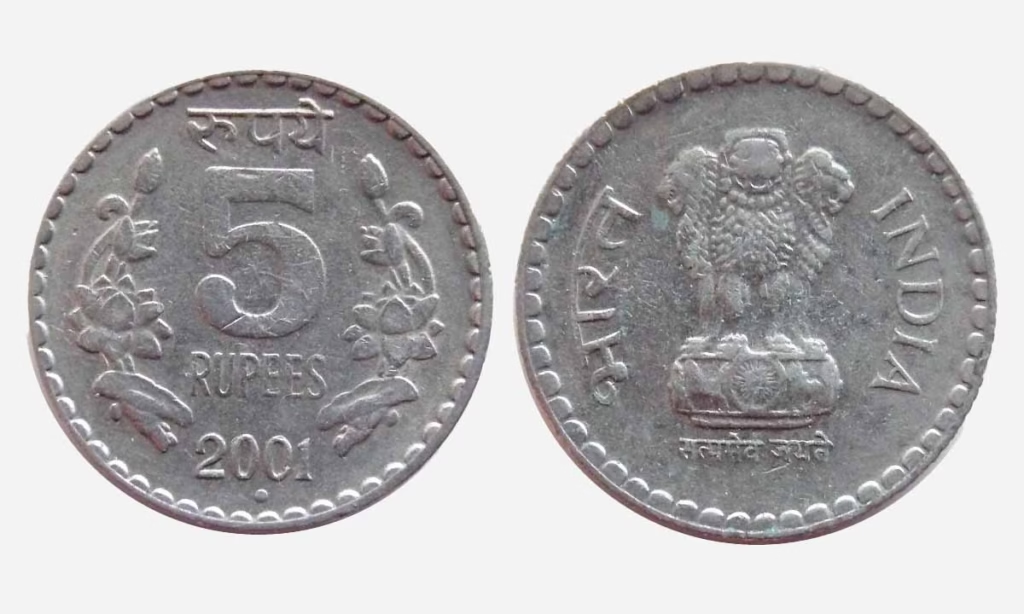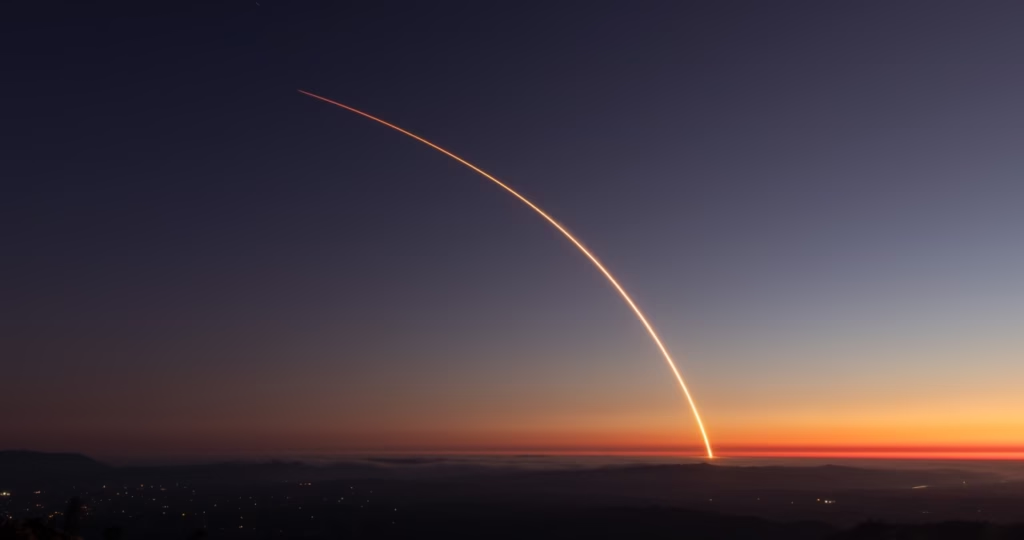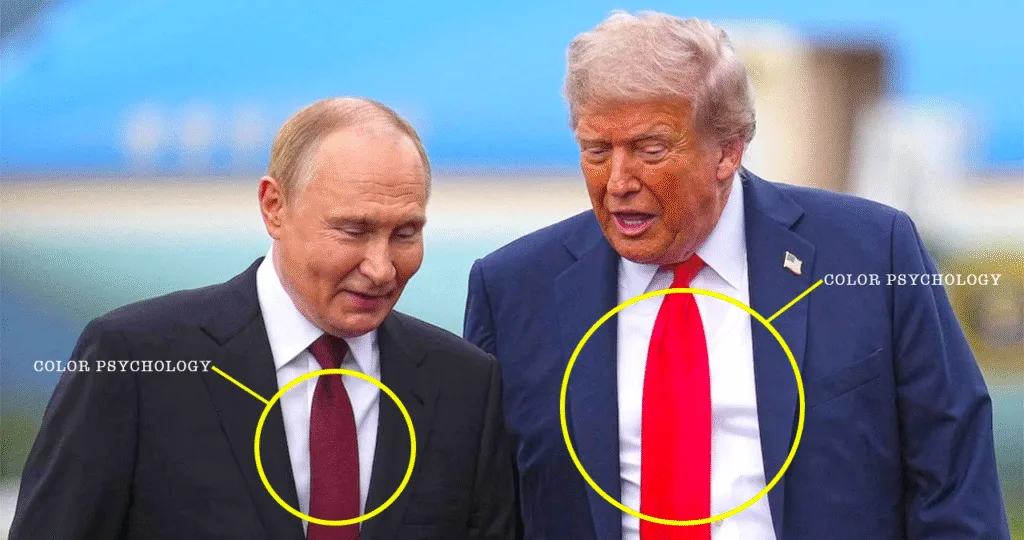As tensions rise in the Indo-Pacific, Japan and Australia are no longer staying silent. With growing threats from Beijing, both nations are quietly but firmly preparing for a possible war with China—a move that’s catching global attention, especially from the United States.
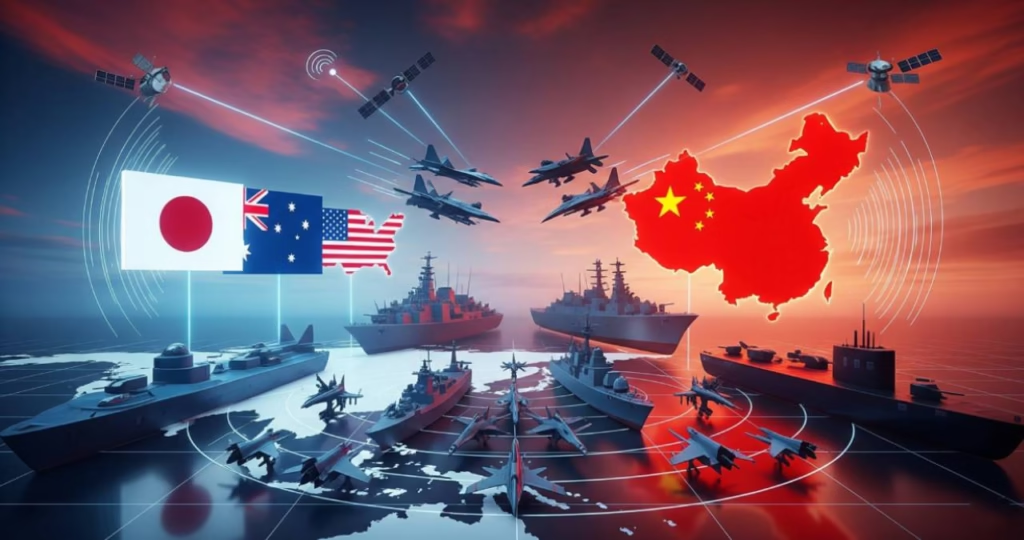
In recent months, global tensions have reached a critical point in the Indo-Pacific region. As China aggressively expands its military presence near Taiwan, in the South China Sea, and around the Pacific Islands, its actions have triggered serious concerns among global powers. In response, two of America’s closest allies—Japan and Australia—have taken bold strategic steps that have both surprised and impressed Washington. This article explores how these two nations are preparing for a possible war with China, and how this may reshape the balance of power in Asia.
Table of Contents
| Heading | Description |
|---|---|
| Introduction | An overview of rising tensions in the Indo-Pacific and allied responses |
| China’s Military Expansion in the Indo-Pacific | Analysis of China’s assertive moves near Taiwan, Japan, and Australia |
| Australia’s Evolving Military Strategy | How Australia is preparing through joint drills, exercises, and alliances |
| Japan’s Strategic Defense Transformation | Japan’s shift from pacifism to active military readiness |
| The U.S. Reaction and Role in Allied Defense | The American perspective on allied military growth and cooperation |
| Shifting Balance of Power in Asia | How trilateral coordination is changing regional defense dynamics |
| Conclusion | Final thoughts on future implications and the global security outlook |
China’s growing assertiveness in the Indo-Pacific is evident on multiple fronts. The Chinese navy has increased its activity near Japanese territorial waters, while surveillance operations near Australia’s northern coastline have raised fresh security alarms. Most concerning are China’s large-scale military exercises that simulate a blockade of Taiwan—a move many analysts view as preparation for a real-world conflict. These provocative actions are interpreted by the United States and its allies as potential precursors to larger military escalations involving contested maritime zones and sovereign regions, and have led many to question whether a war with China is becoming increasingly likely.
Australia, once viewed as a relatively peaceful nation on the global stage, is now taking a far more proactive defense posture. The country recently hosted Talisman Sabre, its largest-ever multinational military exercise, involving over 35,000 troops from 19 nations including the United States, Japan, and India. The drills featured advanced weapon systems, joint naval operations, and long-range missile training. In addition to these exercises, Australian forces are participating in joint drills with U.S. and Japanese troops, focusing on amphibious assaults and rapid troop deployment strategies. While Australian officials maintain that they are not pre-committing to join any future war, they have made it clear that their military is fully prepared to respond in alignment with allies if necessary.
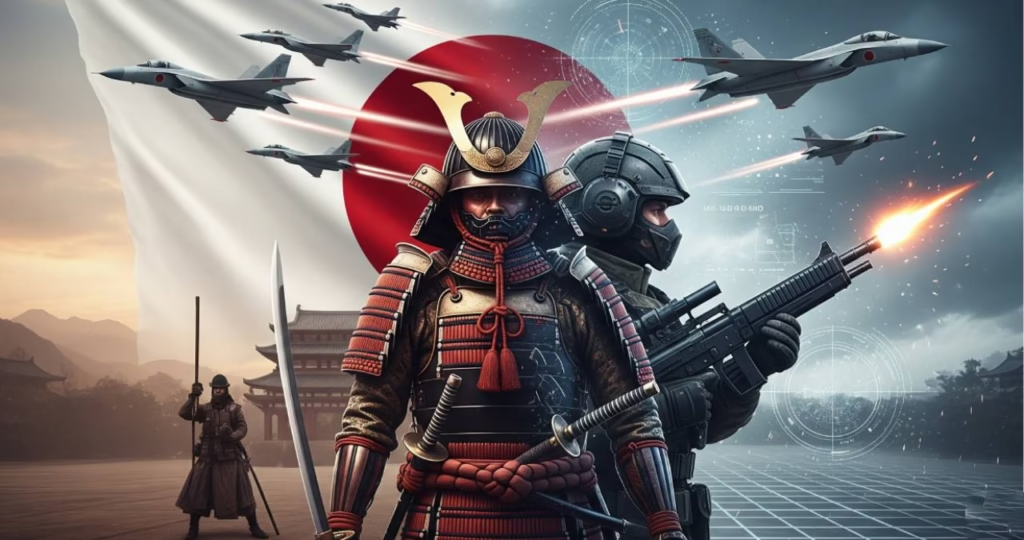
Japan, traditionally bound by a post-World War II constitution emphasizing pacifism, is now undergoing a strategic transformation. In response to increasing threats from China and regular missile tests from North Korea, Japan has started participating in multinational military exercises alongside the U.S. and Australia. Simultaneously, Tokyo is boosting its defense budget and modernizing its military technology, with serious discussions underway about joining AUKUS—especially in areas related to artificial intelligence, cybersecurity, and missile defense systems. While Japan still adheres to a policy of not striking first, it is now making it clear that it will not remain neutral if regional peace and security are directly threatened.
The United States has long called for greater military burden-sharing from its allies in Asia. However, American defense officials have expressed genuine surprise at how rapidly both Japan and Australia have ramped up their strategic readiness and interoperability with U.S. forces. In response to the shifting security environment, the U.S. military is expanding its base infrastructure in Guam, the Philippines, and northern Australia to enable quicker troop deployment. Washington now views the growing trilateral defense coordination among the U.S., Japan, and Australia as a strong deterrent to Chinese military ambitions in the region.

The implications of this evolving alliance are significant. China is no longer facing a single superpower in the form of the United States—it is now confronting a technologically advanced, tightly coordinated alliance of democratic nations. This enhanced interoperability allows for faster joint missions, more efficient logistics, and seamless communication in the event of a crisis. Furthermore, alliances like QUAD and AUKUS are not only advancing diplomatically, but also materializing through real-world exercises, shared infrastructure, and mutual defense planning.
 Shubhanshu Shukla Ends India’s 41-Year Space Wait! →
Shubhanshu Shukla Ends India’s 41-Year Space Wait! →In conclusion, what began as defensive posturing has now transformed into a coordinated strategic framework to contain China’s military expansion. Both Japan and Australia have stepped beyond their traditional roles to become essential players in global and regional security. While the U.S. may be surprised by how swiftly this shift has occurred, it now benefits from two capable and committed allies who are prepared—if necessary—for a potential war with China, and are ready to stand firm for peace, democracy, and regional stability in the Indo-Pacific.
Also Read: Will Elon Musk’s America Party Spark a Political Firestorm 2026?
 Why “Red Ties” at Alaska Summit May Change World Politics in 2025? →
Why “Red Ties” at Alaska Summit May Change World Politics in 2025? →



